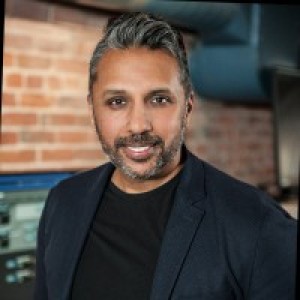- Video Library
- Danny Goel Presents PrecisionOS at LSI USA '23
Danny Goel Presents PrecisionOS at LSI USA '23

Danny Goel
A practicing surgeon and surgical educator, Dr. Goel currently practices in the Vancouver, B.C. area and also serves on the University of British Columbia’s Faculty of Medicine in the Department of Orthopedic Surgery. He received his medical degree from the University of Manitoba, pursued his residency training in orthopedic surgery at the University of Calgary, and completed fellowship training in shoulder surgery at the University of Western Ontario and Harvard University. Goel has co-authored more than 30 publications, and is widely sought as a presenter on surgical techniques.
Danny Goel
A practicing surgeon and surgical educator, Dr. Goel currently practices in the Vancouver, B.C. area and also serves on the University of British Columbia’s Faculty of Medicine in the Department of Orthopedic Surgery. He received his medical degree from the University of Manitoba, pursued his residency training in orthopedic surgery at the University of Calgary, and completed fellowship training in shoulder surgery at the University of Western Ontario and Harvard University. Goel has co-authored more than 30 publications, and is widely sought as a presenter on surgical techniques.

17011 Beach Blvd, Suite 500 Huntington Beach, CA 92647
714-847-3540© 2025 Life Science Intelligence, Inc., All Rights Reserved. | Privacy Policy







